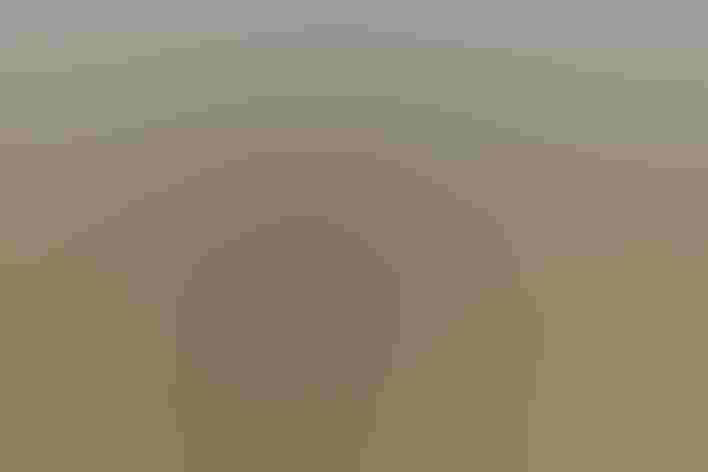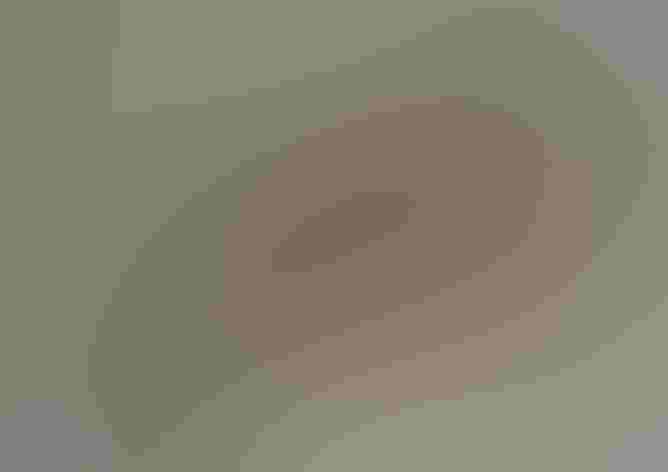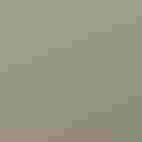Horned Lark
At a Glance
On open fields in winter, flocks of Horned Larks walk and run on the ground, examining the soil and stubble in search of seeds. If disturbed, the flock makes away in swift, twisting flight, making soft lisping callnotes. This species, the only native lark in North America, begins nesting very early in spring in those same barren fields, and the tinkling songs of the males come from high overhead as they perform their flight-song display. The 'horns' of the Horned Lark are little tufts of feathers, visible only at close range.
All bird guide text and rangemaps adapted from by Kenn Kaufman© 1996, used by permission of Houghton Mifflin Harcourt Publishing Company. All rights reserved.
Category
Larks, Perching Birds
IUCN Status
Least Concern
Habitat
Coasts and Shorelines, Desert and Arid Habitats, Fields, Meadows, and Grasslands, Saltwater Wetlands, Shrublands, Savannas, and Thickets, Tundra and Boreal Habitats
Region
Alaska and The North, California, Eastern Canada, Florida, Great Lakes, Mid Atlantic, New England, Northwest, Plains, Rocky Mountains, Southeast, Southwest, Texas, Western Canada
Behavior
Running, Undulating
Population
140.000.000
Range & Identification
Migration & Range Maps
Present all year in most areas from southern Canada south; some are probably permanent residents (while in many areas, different individuals are present at different seasons). Strictly migratory in far north. One of the earliest of spring migrants.
Description
7-8" (18-20 cm). Black chest and ear marks (less obvious on females); tiny black "horns" hard to see. Face varies from white to yellow. In flight, looks pale with black on tail. Juveniles are duller, with streaks, spots. Habitat is a good clue.
Size
About the size of a Robin, About the size of a Sparrow
Color
Black, Brown, Tan, White, Yellow
Wing Shape
Pointed
Tail Shape
Notched, Square-tipped
Songs and Calls
A soft ti-ti. Song delivered in flight is a high-pitched series of tinkling notes.
Call Pattern
Complex, Undulating
Call Type
Chirp/Chip, Whistle
Habitat
Prairies, fields, airports, shores, tundra. Inhabits open ground, generally avoiding areas with trees or even bushes. May occur in a wide variety of situations that are sufficiently open: short-grass prairies, extensive lawns (as on airports or golf courses), plowed fields, stubble fields, beaches, lake flats, dry tundra of far north or high mountains.
Sign up for ÃÛèÖAPP's newsletter to learn more about birds like the Horned Lark
Behavior
Eggs
3-4, sometimes 2-5. Pale gray to greenish white, blotched and spotted with brown. Incubation is by female, about 10-12 days.
Young
Fed by both parents. Young may leave nest after 9-12 days, not able to fly for another week. 1 brood per year in far north, 2-3 farther south.
Feeding Behavior
Forages entirely by walking and running on the ground, picking up items from ground or from plants low enough to reach. Except when nesting, usually forages in flocks.
Diet
Seeds and insects. Feeds on small seeds from a great variety of grasses and weeds, also waste grain. Many insects are also eaten, especially in summer, when they may make up half of the total diet. Also eats some spiders and snails, and eats berries of low-growing plants in some regions.
Nesting
Often nests quite early in spring. Male defends nesting territory by singing, either on ground or in flight. In flight song display, male flies up steeply in silence, often to several hundred feet above ground, then hovers and circles for several minutes while singing; finally dives steeply toward the ground. Nest site is on open ground, often next to grass clump, piece of dried cow manure, or other object. Nest (built by female) is slight depression in ground, lined with grass, weeds, rootlets, with inner lining of fine grass or plant down. One side of nest often has flat "doorstep" of pebbles.
Conservation
Conservation Status
Does well on overgrazed or abused land, so its numbers probably increased in North America with advance of civilization. Decreasing numbers in recent decades, but still widespread and abundant. Also widespread in Europe, Asia, and northern Africa.
Climate Threats Facing the Horned Lark
Choose a temperature scenario below to see which threats will affect this species as warming increases. The same ÃÛèÖAPP change-driven threats that put birds at risk will affect other wildlife and people, too.







